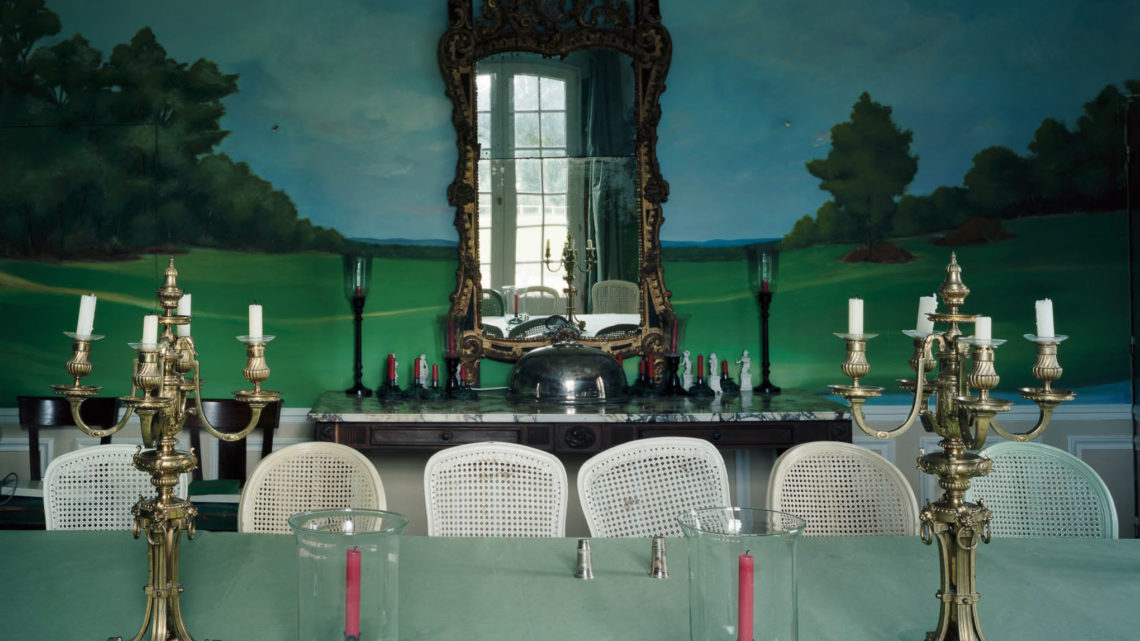For the last two years, The Champagne House Taittinger has regularly asked David Picchiottino to create series of picture to feed the brand’s Instagram account. Focus on the artistic writing of this photographer.
Ideas and knowing what to do with them. Having studied graphic design at ESAG Penninghen school of graphic arts in Paris, David Picchiottino first of all trained as an artistic director; able to turn his hand to anything, he is at the crossroads of creation. Attracted to photography, he did his final-year thesis on the subject before gradually slipping into the world of fashion where he came into his own professionally. In his personal work, we recognise this same style, this way of working, but he allows himself a lot more freedom. His photographs are inspired by his travels, by solitary and contemplative experiences, undoubtedly influenced by his classical training in art, by painting and all the markers of his youth.





Everyday, faraway life
With a rucksack on his back and itinerary in his hand, David Picchiottino is used to setting out on an adventure. Alone for a month or more, he wanders around the world. Travel started out as a companion in his quest for inspiration, before starting to see the process in reverse. Now, travel, and no longer photography, is the driving force behind his decisions. The goal is to get out there without any fixed ideas. He travels for the sake of travelling and, depending on his destination, the images flow, because as he says “I prefer to let the destinations surprise me”. Adventurous but far-sighted, the artist makes sure he organises his trip down to the very last detail, so that when he gets to where he is going, he can make the most of his experience, with nothing else on his mind. He then makes the road his home and relishes his everyday life. As the artist explains: “Photography lets me portray what I see. What interests me is real life, the beauty of everyday life, the beauty of nothing. Moments of grace that we sometimes manage to capture.” Everyday life for him means faraway shores, because it has to be new and exotic enough to stimulate his eyes. Solitude is precious to him, both from a personal and artistic perspective. It allows him to focus on his feelings, letting all his senses awaken and become alert. David Picchiottino is then like a real sponge, taking in everything around him. Sadness or melancholy can intermingle with this desire to exile himself, but they are the raw materials for his creations and are reflected in his photos.




From 16th-century Flemish artists to US pop culture
Through his studies, David Picchiottino’s eye was trained in classical art. His photos have a very pictorial quality, directly influenced by painters. We can see the solitude of the Flemish and then Nordic masters, such as Hammershøi, or the melancholy of Edward Hopper. “I would really have liked to paint, but I don’t have either the talent or the time”, the artist admits. Photography, then, allows him to get close to painting by playing with a palette of colours.
Brought up on American culture in his youth, films, series and music have also fired his imagination. We find a real cinematographic dimension in his compositions and his light. “The decisive moment” favoured by Henri Cartier-Besson is not enough for Picchiottino to take a photo; there absolutely has to be the right light so that some of what we feel can be put into the photo. He refuses to stage his images and explains: “What interests me is not cheating, not adding disruptive elements to make the image interesting”. He lets the landscape speak for itself and allows the spectator to put his own story into it by lingering on every detail.




In the 1970s, photographers used colour more and more to represent banality and everyday life, abandoning black and white which had reigned supreme in art photography. “It was an explosion!” he proclaims. William Eggleston and Stephen Shore were a revelation to him and they became the main sources of inspiration for David Picchiottino. Earlier, in the early 1900s, photographer Edward Sheriff Curtis produced a series of photos of Native Americans with an almost anthropological approach. This is a guiding principle that David Picchiottino follows today through his landscapes, but with the ambition of going on in turn to create portraits.








